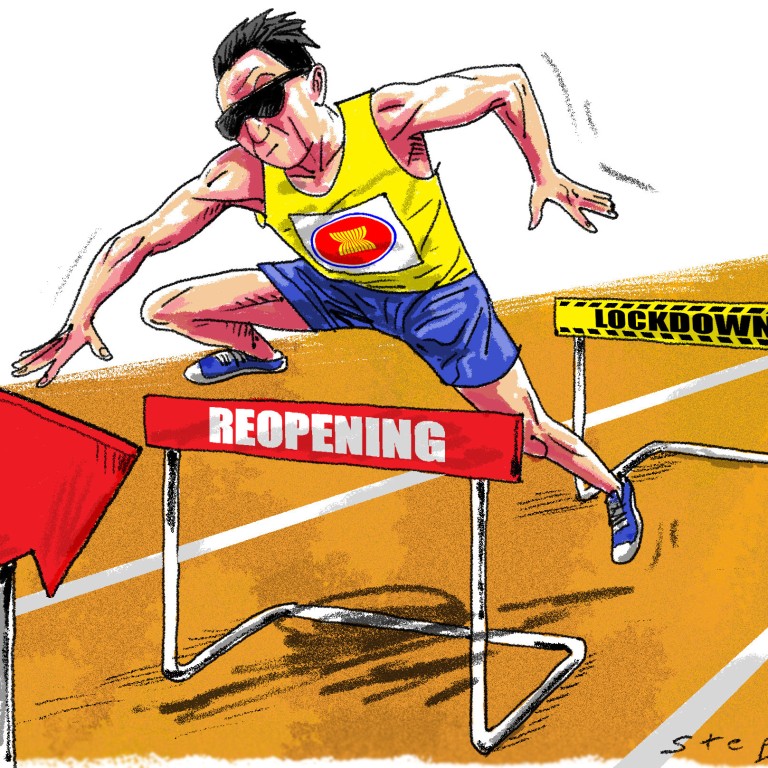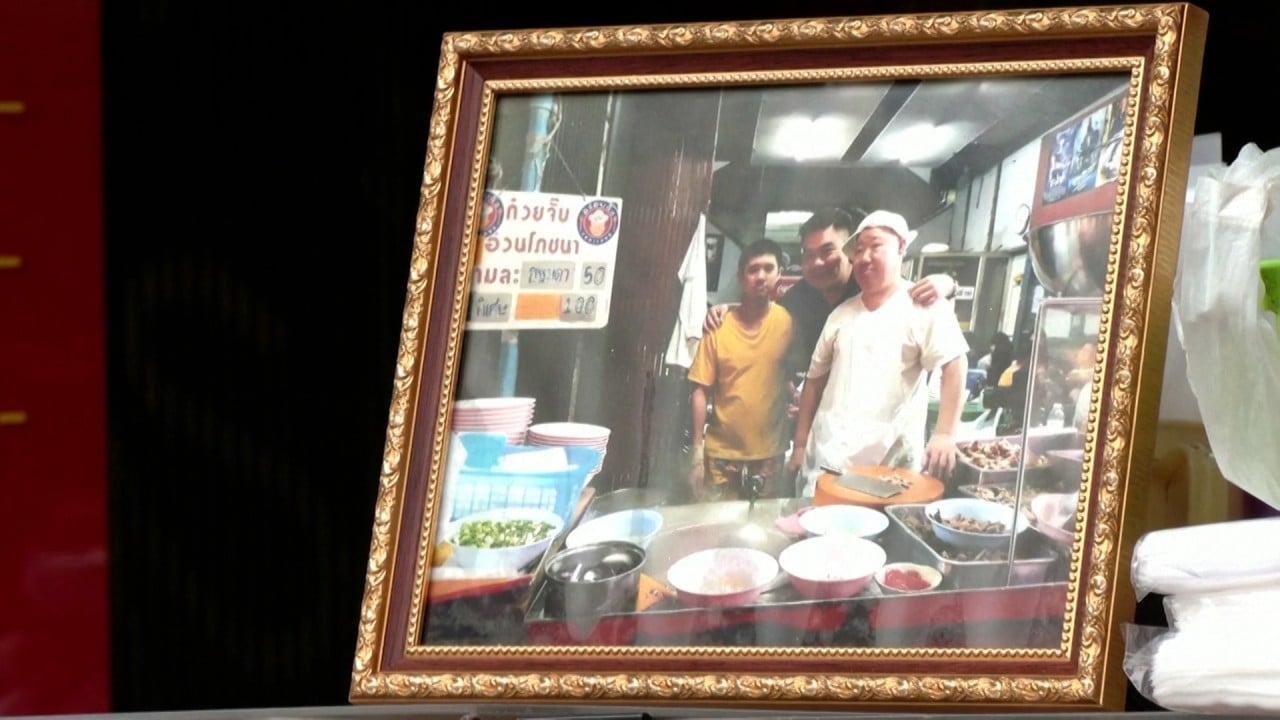
Covid-19: ready or not, Asean nations must reopen, reconnect and reform
- With government finances stretched, there is an increasing recognition that the region can no longer afford economy-crippling restrictions and must return to trajectories that stimulate growth
- While the region’s pre-pandemic potential remains, reforms are needed to boost efforts to move up the value chain
Some countries are also experiencing political and social strains that might cause further instability. Yet, fully ready or not, Asean governments must not only reopen but reconnect with each other and undertake reform.
No one should understate the human and economic costs of these past few months across the region, which has recorded over 13 million Covid-19 cases since the start of the pandemic, in contrast to the region’s relatively good pandemic management record in 2020.
However, by October, daily caseloads have plateaued across the region as vaccination programmes accelerated. This continues to be a work in progress, especially in countries with larger populations, such as Indonesia, Vietnam and Thailand.
There is a pressing need to return to trajectories that stimulate growth, trade and investment, jobs and consumption.
Asean’s manufacturing sector declined for three consecutive months from June to August, and unemployment rose to unprecedented levels. With government finances stretched by earlier stimulus packages and limits in terms of monetary policy, there is an increasing recognition that the region can no longer afford the consequences of economy-crippling restrictions.
Harmonising standards and processes to ensure travellers are Covid-19-free will take time. Although tourism is the first focus, reopening borders has larger implications.
Pre-pandemic, the region recorded one of the world’s largest flows of people across borders. This included not only tourists but also workers. Restarting intra-Asean connectivity will facilitate the flows of goods, services and people.
Myanmar junta eyes return of tourism, investment despite coup
The reopening will stir considerable apprehension among some segments of society, such as the upper-middle class and elite, who are more concerned with health than tourism revenues. In Thailand, a recent poll by the Suan Dusit Rajabhat University revealed that 60 per cent of over 1,000 respondents said it was not the right time to reopen.
Yet reopening and relaxing controls will not be enough. Pre-pandemic Asean was poised to grow quickly, and such potential remains. Reforms are needed to boost efforts to move up the value chain.
Perhaps the clearest statement of that intention comes from Singapore with its high-level Emerging Stronger Taskforce pushing strategies to position the country for growth as the pandemic recedes.
Vietnam, which has been a major recipient of foreign investment, has rolled out incentives to ensure that higher-valued industries would be anchored in the country. In Thailand, progress in terms of infrastructure has been emphasised even during the pandemic.
For Indonesia, omnibus legislation has been passed to help ensure entry easier for foreign investors. There are also efforts to upskill and train its large and young workforce, and initiatives to help small and medium-sized enterprises grow and link to global supply chains.
How the future of fintech is taking shape in Southeast Asia
According to a report by Facebook and Bain & Co, 80 per cent of consumers in Asean are expected to adopt digital technology by the end of 2021. But investments in digital infrastructure are needed as a foundation for more equal access.

Many headlines about Asean in the preceding months were, understandably, negative. Looking ahead to the reopening, some risks remain.
The most proximate concern is over the efficacy of some vaccines currently in use and questions about whether health systems can cope if cases surge again. There are risks relating to politics and possible protests. And some countries will have to cope with budget and financial constraints.
But the region can also expect opportunities to increase. Global demand is rising and quite quickly. Supply chains are regaining momentum and investments numbers should recover, creating more job opportunities. The path ahead will not be without hurdles, but some will persist in pressing forward, and will succeed.
Simon Tay is associate professor at the National University of Singapore Faculty of Law and chairman of the Singapore Institute of International Affairs (SIIA). Sarah Loh is a policy research analyst (Asean) at the SIIA





